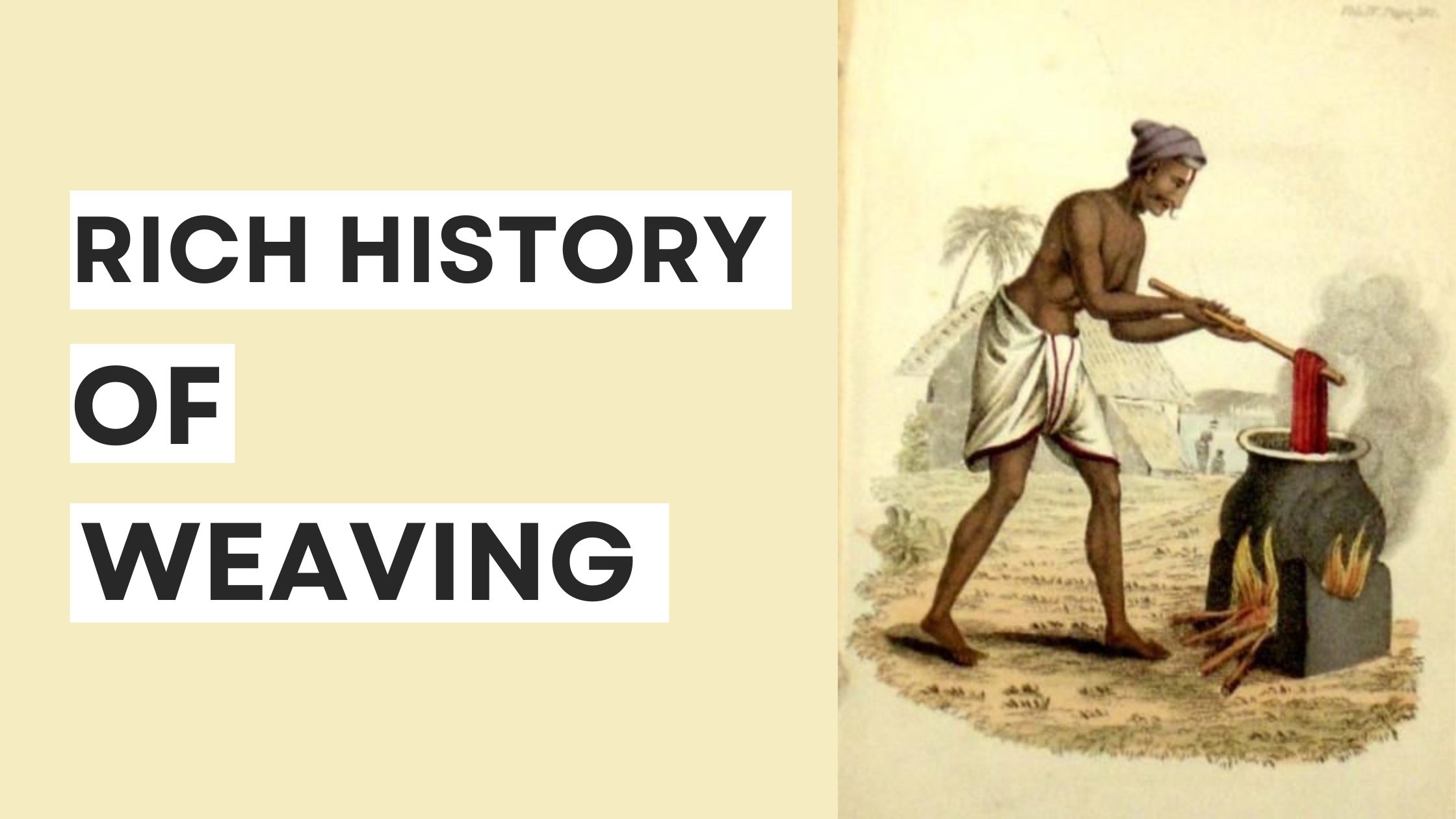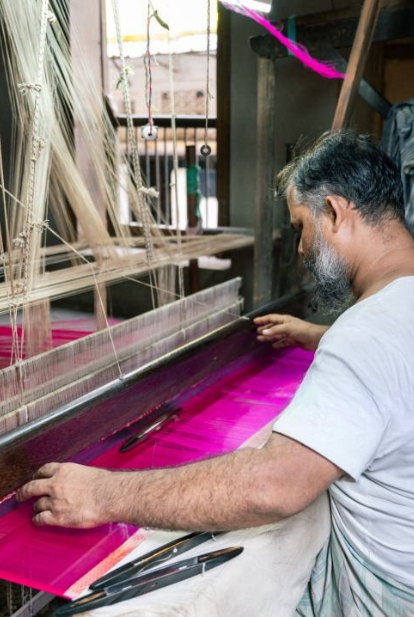Weaving, an ancient craft dating back thousands of years, is one of the most significant technological advancements of human civilization. Its evolution is deeply intertwined with humanity's need for clothing, shelter, and artistic expression.
The Origins of Weaving
The history of weaving can be traced to the Neolithic period (around 7000 BCE), when humans began transitioning from a nomadic lifestyle to settled agricultural communities. Early humans used grasses, reeds, and other natural fibers to weave simple mats and baskets. Over time, they developed techniques to create cloth for clothing.
Early Innovations
The earliest evidence of woven textiles comes from ancient Egypt, Mesopotamia, and the Indus Valley civilizations. Egyptians used linen, derived from flax plants, to create lightweight and breathable fabrics suitable for their climate. Meanwhile, Chinese weavers mastered silk production around 3500 BCE, marking the birth of one of the world’s most luxurious fabrics.
History of Handloom Weaving in India: A Timeless Tradition
The invention of the handloom revolutionized textile production. Early looms, such as the backstrap loom, were simple yet efficient, allowing artisans to create intricate patterns. The vertical loom, which originated in ancient Mesopotamia, and the horizontal loom, later developed in Europe and Asia, enabled greater precision and speed.
Regional Contributions to Weaving
1. India:
Known for its exquisite handlooms, India has a rich heritage of weaving. Techniques such as ikat, jamdani, and brocade flourished, producing fabrics like silk, cotton, and wool. Traditional Indian weaving is still celebrated for its vibrant colors and intricate designs.
2. China:
The Silk Road was central to China's influence in weaving history. Silk weaving techniques spread from China to Europe, inspiring innovations in textile production.
3. Middle East:
Persian weavers gained fame for their carpets, a testament to their skill and artistry.
4. Europe:
The Industrial Revolution transformed weaving in Europe, introducing mechanical looms and mass production, which increased output but reduced the prominence of handweaving traditions.
The Art and Symbolism of Weaving
In many cultures, weaving was more than a craft; it was a form of storytelling and cultural expression. For example, the patterns in traditional Navajo textiles often convey stories of their ancestors, while Indian motifs symbolize spirituality and nature.
The Impact of the Industrial Revolution
The advent of the power loom in the 18th century marked a turning point in weaving. While it made textiles more accessible, it also threatened traditional handweaving practices. Many artisans were displaced as factories dominated the textile industry.
Revival and Modern-Day Weaving
Despite industrialization, handweaving remains a cherished tradition in many parts of the world. Today, initiatives to preserve and promote traditional weaving have gained momentum, recognizing its cultural and economic value. In addition, contemporary weavers are blending age-old techniques with modern designs, keeping the craft relevant and innovative.
Conclusion
Weaving is more than just a craft; it is a testament to human ingenuity and resilience. From ancient looms to modern textile technologies, weaving continues to evolve while retaining its cultural significance. As we celebrate this timeless art, we honor the countless weavers whose skill and dedication have enriched our lives for millennia.



